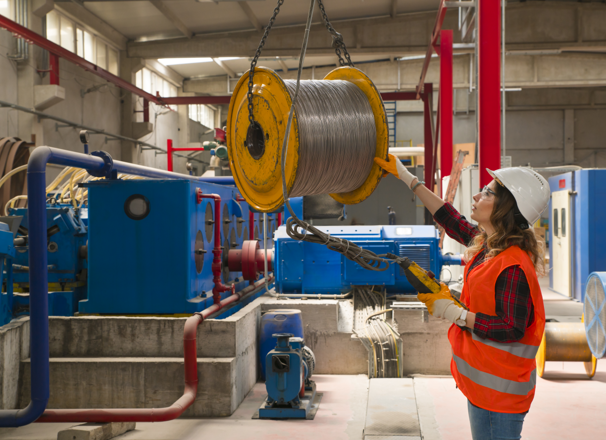Any work or life situation that can result in injury, disease or death is a hazard. Check out how you rate on this Hazard IQ quiz.
We all know different workplaces have different hazards. A hazard may be a slippery door mat, the hot oil from a deep fryer or the toxic gossip in the office. Some hazards, such as moving vehicles, are so familiar that we sometimes ignore them and put ourselves—or others—at risk. The ability to quickly spot a hazard will help you avoid a serious accident or injury. If you're a young worker or new on the job, and under 25, your chances of getting hurt at work are higher than for more experienced workers.
Learn to recognize types of hazards
You can keep yourself and those around you safer when you recognize the 4 main types of hazards.
- Physical hazards may involve equipment, machinery or tools. Loud noise levels or extreme heat and cold are also physical hazards. A roofer who uses a nail gun to fasten shingles all day, for example, may suffer from repetitive strain injury.
- Biological hazards involve bacteria, viruses, insects, mould or plant materials. Tree planters, for example, may have an allergic reaction to plants, insects or fungi. Hospital workers may be exposed to certain viruses or bacteria.
- Chemical hazards involve dust, fumes, vapours, gases or chemical mists. Examples include the powerful cleaners for ovens or toilet bowls or the chemicals used in a greenhouse. When working with chemicals, it's essential your workplace uses the Workplace Hazardous Materials Information System (WHMIS) to label materials. WHMIS provides health and safety information on hazardous products, allowing you to safely handle materials and know what to do in case of an emergency.
- Psychosocial hazards include violence, harassment or bullying, working conditions, stress, impairment or fatigue. Examples include bullying or working long or rotating shifts.
Preventing workplace hazards
Jung-ho works in a restaurant. He keeps the kitchen clean and prepares some food. Jung-ho works safely by preventing hazards and reducing risks at work. For example:
- He makes sure there are no water or grease spills. He cleans up spills right away so no one slips. He puts up a sign to warn people when the floor is wet.
- He wears special gloves when he cleans up hot grease. He also wears gloves when he uses chemicals to clean.
- He is careful when he uses knives and the slicing machine.
- He knows where the first aid supplies are kept and has taken first aid training.
- He knows his employer's emergency plans for situations like a fire or a gas leak.



